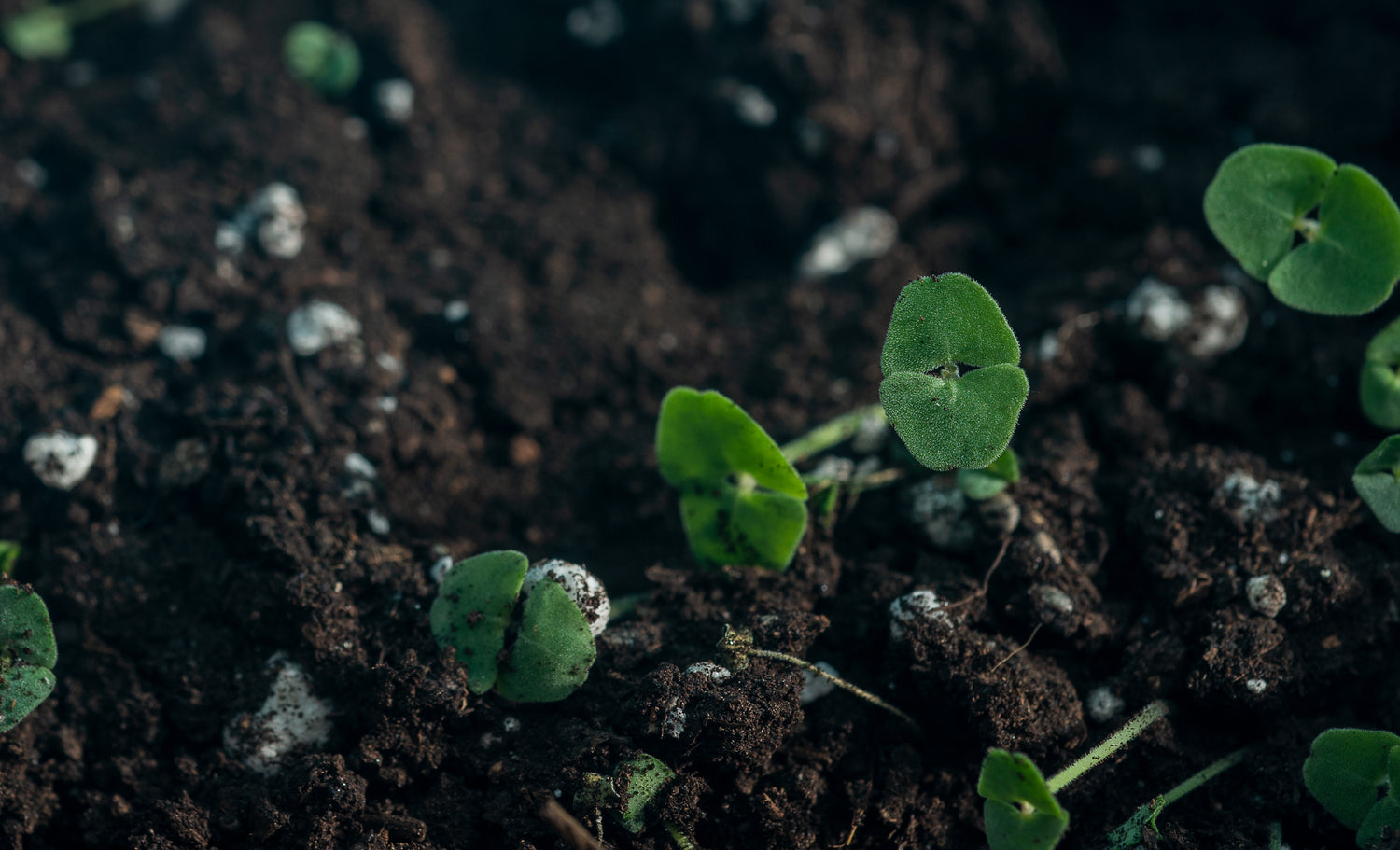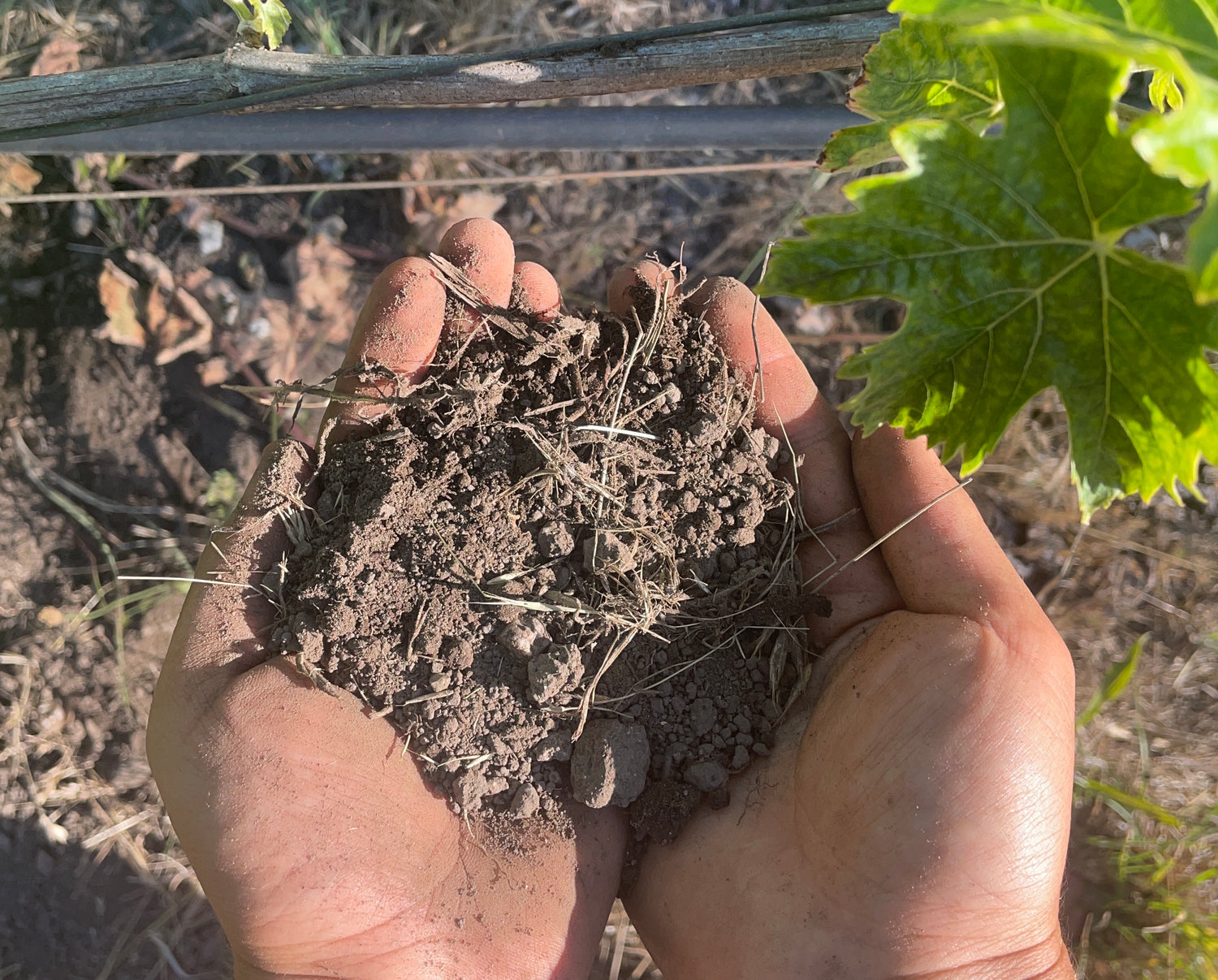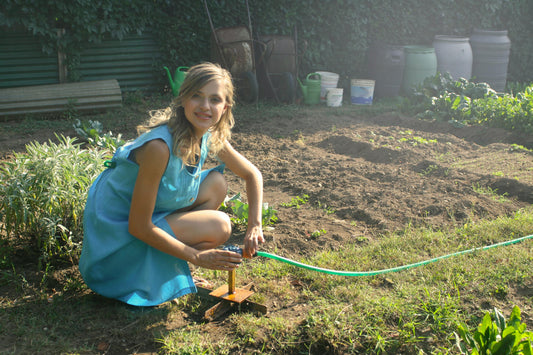Between the Pacific Ocean and the San Gabriel Mountains, Los Angeles, California, depends on a diverse array of soil types that sustain its ecosystems, urban development, and agricultural activities. The varied topography and Mediterranean climate of the region create distinct soil conditions that range from fertile valley floors to rocky mountainous terrain.
Geological and Climatic Foundations
Los Angeles County sits within a complex geological setting characterized by sedimentary basins, volcanic formations, and active tectonic processes. The region experiences a Mediterranean climate with average annual rainfall ranging from 10-20 inches, concentrated primarily in winter months. This climate pattern, combined with the underlying geology, creates distinct soil formation processes across different elevations and geographic zones.
The United States Geological Survey (USGS) has documented over 60 different soil series within Los Angeles County, ranging from the alluvial deposits of the Los Angeles Basin to the rocky soils of the Santa Monica and San Gabriel Mountains. These soils have formed through various processes including alluvial deposition, volcanic activity, and weathering of sedimentary and metamorphic bedrock.
Soil Formation Processes
Soil formation in Los Angeles County is controlled by five primary factors: parent material, climate, organisms (vegetation), topography, and time. Parent materials include alluvial sediments deposited by rivers, marine sediments from ancient ocean floors, volcanic materials, and weathered bedrock. The Mediterranean climate promotes specific weathering patterns, while native vegetation communities like chaparral and coastal sage scrub contribute organic matter and influence soil chemistry.
Topographic variation creates microclimates and affects water movement, leading to different soil development patterns between valley floors, hillslopes, and mountain peaks. Urban development has significantly altered natural soil formation processes in much of the county.
Major Soil Types
Los Angeles County's diverse topography and geological history have created several distinct soil types, each with unique characteristics and management requirements.
Alluvial Soils
Alluvial soils dominate the Los Angeles Basin, San Fernando Valley, and other flat areas where rivers have deposited sediments over thousands of years. These soils are typically well-drained and fertile, making them historically important for agriculture. The Natural Resources Conservation Service (NRCS) identifies several alluvial soil series in the region, including Hanford, Tujunga, and Soboba series.
Clay Soils
Clay-rich soils occur in various parts of Los Angeles County, particularly in areas with marine sedimentary parent materials. These soils have high water and nutrient retention capacity but can present drainage challenges. Common clay soil series include Cropley and Salinas, which are found in flatter areas of the county.
Sandy Soils
Sandy soils are prevalent along the coast and in areas with granitic parent materials. These soils drain rapidly and are generally less fertile than clay or alluvial soils. The Beaches and Dunes soil association is common along the coastline, while the Arlington and Fallbrook series occur in areas with decomposed granite.
Rocky and Mountainous Soils
The mountainous regions of Los Angeles County contain shallow, rocky soils that support chaparral and forest vegetation. These soils, including the Cieneba and Rock outcrop associations, are well-drained but have limited agricultural potential due to their shallow depth and rocky nature.
Urban Soils
Extensive urban development has created a category of highly modified soils throughout much of Los Angeles County. These "urban land" designations in soil surveys indicate areas where natural soil profiles have been significantly altered by construction, filling, and other human activities.
Soil Characteristics and Applications
The table below summarizes Los Angeles soil types, their properties, uses, and challenges.
| Soil Type | Key Features | Primary Uses | Challenges |
|---|---|---|---|
| Alluvial | Well-drained, fertile | Agriculture, urban farming | Flooding potential, erosion |
| Clay | Water-retentive, nutrient-rich | Drought-tolerant landscapes | Compaction, poor drainage |
| Sandy | High drainage, lower fertility | Coastal landscaping | Nutrient leaching, irrigation needs |
| Rocky/Mountainous | Shallow, well-drained | Native habitat, erosion control | Limited depth, low fertility |
| Urban | Highly variable, often disturbed | Development, remediation projects | Contamination potential, compaction |
Environmental Challenges
Contamination Issues
Urban soils in Los Angeles face contamination challenges from decades of industrial activity, vehicle emissions, and other anthropogenic sources. The California Environmental Protection Agency has documented elevated levels of various contaminants in urban soils, particularly lead from historical use of leaded gasoline and paint.
Wildfire Impacts
Wildfires are a recurring natural hazard in Los Angeles County's chaparral and forest ecosystems. Post-fire conditions can increase soil erosion, alter soil chemistry, and affect vegetation recovery. The Los Angeles County Fire Department and other agencies work to implement post-fire soil stabilization measures to prevent erosion and protect watersheds.
Erosion and Compaction
Urban development and altered drainage patterns have increased erosion potential in many areas. Additionally, heavy machinery and foot traffic in urban environments contribute to soil compaction, reducing infiltration and affecting plant growth.
Soil Management Strategies
Soil Testing for Safety and Fertility
Soil testing is essential for understanding soil properties and potential contamination issues. The University of California Cooperative Extension provides guidance on soil testing procedures and interpretation. Professional soil testing laboratories can analyze samples for nutrients, pH, salinity, and potential contaminants.
Organic Amendments for Soil Health
Soil amendments such as compost, organic matter, and specific minerals can improve soil structure, fertility, and water-holding capacity. The type and amount of amendments needed depend on existing soil conditions and intended uses.
Post-Fire Erosion Control
Erosion control measures are particularly important on slopes and in areas disturbed by construction or fire. Techniques include use of cover crops, mulching, terracing, and installation of physical barriers.
Native Plant Selection for Resilience
Native plants are adapted to local soil conditions and climate, making them excellent choices for sustainable landscaping. The California Native Plant Society provides resources for selecting appropriate native species for different soil types and conditions.
The following process outlines effective soil management:
Start: Test soil for pH, nutrients, and potential contaminants.
Step 1: Identify soil type through texture analysis and professional assessment.
Step 2: Apply appropriate amendments based on soil test results.
Step 3: Select plants suited to local soil conditions and climate.
Step 4: Implement water-efficient irrigation and erosion control measures.
Step 5: Monitor soil health regularly, especially after disturbances.
End: Maintain sustainable land management practices.
Garden Centers and Suppliers
The table below lists Los Angeles area garden centers offering soil testing supplies, amendments, and expert advice.
| Garden Center | Services |
|---|---|
| Armstrong Garden Centers | Multiple LA County locations, soil amendments, testing kits |
| The Home Depot Garden Centers | Various locations with garden supplies and soil products |
| Moon Valley Nurseries | Locations in LA area with soil and amendments |
| Green Thumb Nursery | Family-owned nurseries with local expertise |
| Local UC Master Gardener Programs | Educational resources and soil testing guidance |
FAQ: Los Angeles Soil Management
How do I determine my soil type?
Simple field tests like the "jar test" can give basic information about soil texture. For detailed analysis, professional soil testing through UC Cooperative Extension or private laboratories is recommended.
Are urban soils safe for vegetable gardening?
Urban soils may contain contaminants from past industrial use or vehicle emissions. Soil testing is recommended before planting edible crops. Raised beds with clean soil are often the safest option for urban food production.
How do wildfires affect soil?
Fires can alter soil chemistry, increase erosion potential, and affect water infiltration. Post-fire areas may need special management including mulching and replanting to prevent erosion and restore soil stability.
What plants work best in clay soils?
Many native California plants are adapted to clay soils, including ceanothus, toyon, and various native grass species. Soil amendments can also improve clay soil drainage and structure.
How often should I test my soil?
For gardens, testing every 2-3 years is generally adequate. More frequent testing may be needed in areas with known contamination, intensive management, or after significant disturbances.
What amendments improve sandy soils?
Organic matter such as compost can improve sandy soil's water retention and fertility. Mulching also helps retain moisture and gradually adds organic matter as it decomposes.
How can I prevent erosion in alluvial soils?
Cover crops, mulching, and maintaining vegetative cover help reduce erosion. On slopes, terracing and other physical barriers may be necessary to control water flow.
How do I test for contaminants in soil?
Professional laboratory testing can detect heavy metals, petroleum products, and other contaminants. Contact UC Cooperative Extension or certified environmental laboratories for testing services.
Can I improve compacted urban soils?
Compacted soils can be improved through aeration, organic matter addition, and avoiding traffic on wet soils. In severe cases, mechanical decompaction may be necessary.
What native plants are best for fire-prone areas?
Fire-adapted native plants like ceanothus, manzanita, and native grasses can provide attractive landscapes while reducing fire risk through appropriate spacing and maintenance.
Conclusion
Los Angeles County's diverse soil types reflect its complex geology, varied topography, and Mediterranean climate. Understanding these soil characteristics is essential for successful gardening, sustainable development, and environmental protection. Whether planning a garden, landscape project, or development, knowledge of local soil conditions helps ensure successful outcomes while protecting this valuable natural resource.
Proper soil management, including testing, appropriate amendments, and matching land uses to soil capabilities, supports both human activities and ecosystem health throughout the Los Angeles region. By working with natural soil conditions rather than against them, residents and land managers can create sustainable landscapes that thrive in Southern California's unique environment.
References
Natural Resources Conservation Service, United States Department of Agriculture. Web Soil Survey. Available online at: https://websoilsurvey.nrcs.usda.gov/
United States Geological Survey. Geology and Soils of Southern California. USGS Professional Papers and Bulletins.
University of California Division of Agriculture and Natural Resources. California Soil Resource Lab. Available at: https://casoilresource.lawr.ucdavis.edu/
California Environmental Protection Agency. Site Cleanup Program. Soil contamination data and guidance documents.
University of California Cooperative Extension. Soil Management Guidelines for California. UC ANR Publications.
California Native Plant Society. Native Plants for Southern California Gardens. Available at: https://www.cnps.org/
Los Angeles County Department of Public Works. Watershed Management and Soil Conservation Reports.
California Department of Forestry and Fire Protection. Post-Fire Soil Protection Guidelines.












